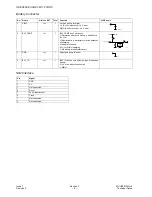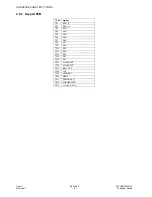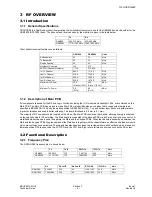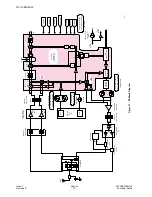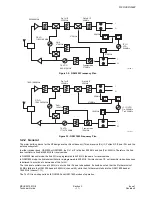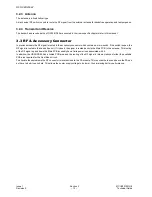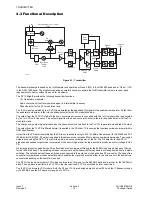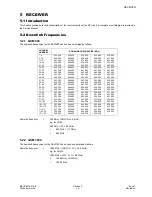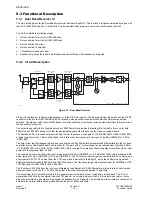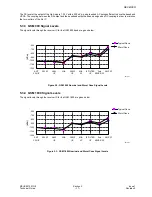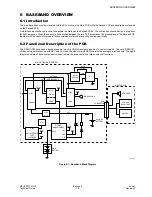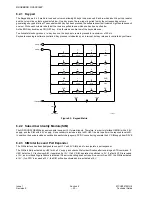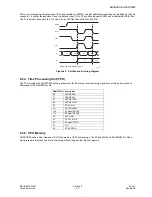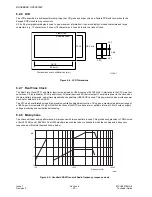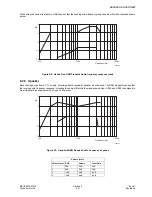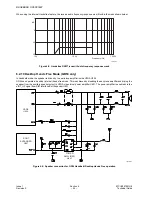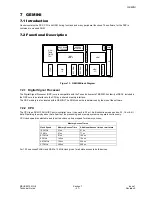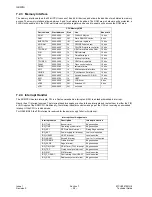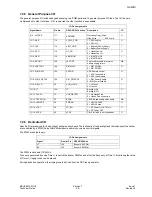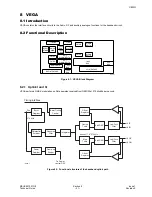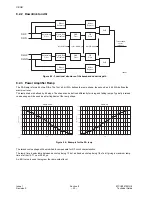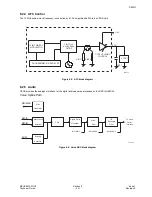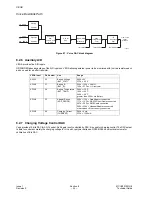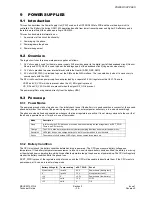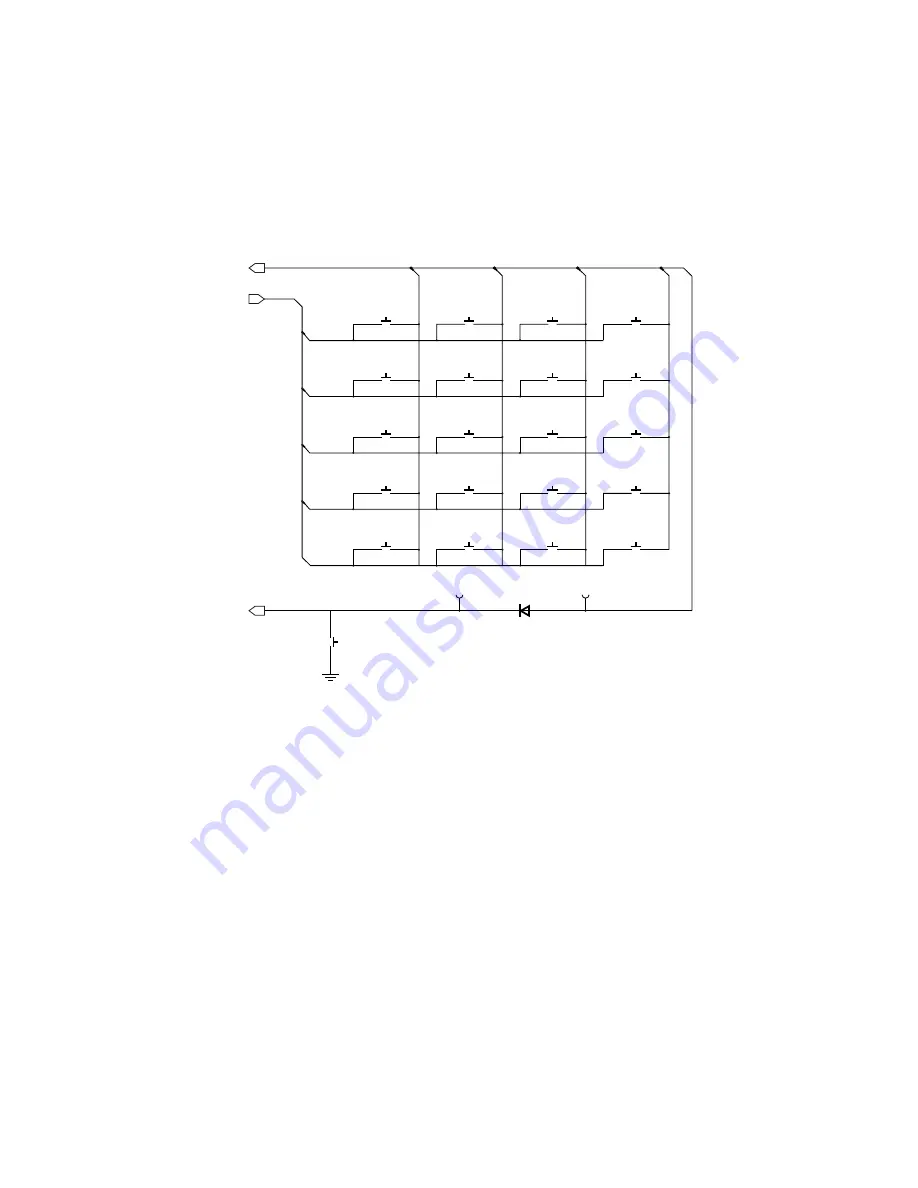
BASEBAND OVERVIEW
Issue 1
Section 6
MCUK991001G8
Revision 0
– 20 –
Technical Guide
6.2.1 Keypad
The Keypad has a 5 x 5 matrix in rows and columns, allowing 25 keys to be scanned. Each row has a built-in pull-up resistor
and the column line outputs are selected low. On a key press, the row input is pulled low by the corresponding column
generating a keypad interrupt. To ascertain which key has been pressed, the software asserts all columns high then takes each
one low. While each column is held low the rows are polled to see which one has been pulled low.
As the END key doubles as ON / OFF key, it is allocated an entire row of the keyboard scan.
To eliminate false key presses, i.e. key bounce, the key has to remain pressed for a minimum of 20 ms.
Keyboard scanning is software controlled. Key pressed is indicated by an interrupt, but key release is controlled by software.
Figure 6.2: Keypad Matrix
6.2.2 Subscriber Identity Module (SIM)
The GD30/GD50 GEMINI process is unable to support 5 V tolerant inputs. Therefore, in order to Interface GEMINI with a 2.8 V
supply, and the SIM with a 5 V supply, it is necessary to include a level shift. U501 is able to perform the required level shift.
In addition, the device includes a switched capacitor charge pump DC/DC converter to generate the 5 V SIM supply from D2V8.
6.2.3 SIM Interface and Port Expander
The SIM interface has been designed to support 3 V and 5 V SIMs, and to incorporate a port expander.
The SIM is initially activated by U501 with a 3 V supply and checks Status identification after receiving an ATR command. If
U501 detects a 3 V technology SIM, it operates it at 3 V. If a 5 V SIM, operation is switched to 5 V. If a faulty ATR is received
at 3 V, an error handling procedure is initiated. If the error handling does not result in an error-free ATR, the SIM is activated
at 5 V. If no ATR is received at 3 V, the SIM will be deactivated and re-activated at 5 V.
4
3
D3
*
S401
7
S406
2
4
S411
1
0
1
S416
PWR/END
0
0
S402
8
S407
5
S412
2
S417
1
#
S403
9
S408
6
S413
3
S418
2
OK
S404
<
S409
v
S414
SND
S419
3
CLR
S405
S421
nPOWKEY
>
S410
TP19
TP20
v
S415
PB
S420
4
KBC(0:4)
KBR(0:4)
10159-1

